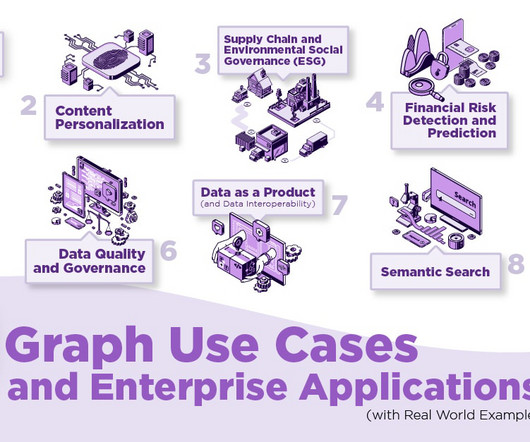Your 5-Step Journey from Analytics to AI
CIO Business Intelligence
MARCH 22, 2022
Data about customers, supply chains, the economy, market trends, and competitors must be aggregated and cross-correlated from myriad sources. . But the sheer volume of the world’s data is expected to nearly triple between 2020 and 2025 to a whopping 180 zettabytes. This is where artificial intelligence (AI) comes in.

























Let's personalize your content